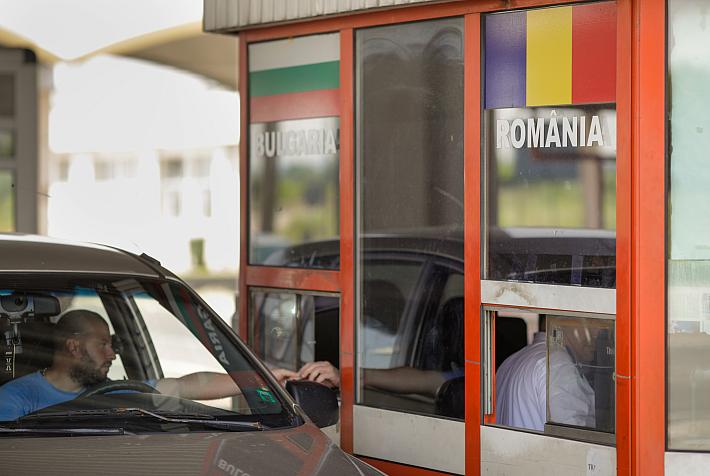Romania's CA deficit shrinks to 7.7% of GDP, still above pre-pandemic average

Romania's current account (CA) deficit in the 12 months ending July was EUR 23.4 billion, close to the deficit in the previous 12-month period, according to data published by the National Bank of Romania (BNR). The CA deficit to GDP ratio, however, narrowed to 7.7% from 8.9% in the 12 months ending July 2022.
In its September 8 country update, rating agency Fitch said that it expected Romania's CA gap to narrow to the pre-pandemic average (5%-7%) in 2023-2025. Romania will thus continue to have one of the largest CA deficits in central and eastern Europe and the 'BBB' category, partly reflecting competitiveness challenges.
On the upside, the rating agency remarked the country's successful financing of the external deficit. Romania has faced no external financing pressures during the global monetary tightening period, the agency commented.
The recent CA gap narrowing was entirely due to a smaller trade gap.
The improvement in Romania's CA position over the past 12 months was visibly an effect of the trade gap – which narrowed to 5.1% of GDP in the 12 months to July from 6.6% of GDP in the previous 12-month period. At the same time, the contribution (deficit) of the other two CA elements – the primary and secondary accounts – moved from minus 2.3% of GDP to minus 2.6% of GDP.
The profits derived by the FDI companies in both periods were significant and visible in the reinvested profits (part of the FDI): 2.2% of GDP in the 12 months to July 2023 and 2.4% in the previous 12-month period.
Romania's external deficit was (artificially) boosted by the reinvested earnings of FDI companies in 2021-2023.
Compared to the 12-month period ending July 2019 (pre-pandemic period), Romania's CA deficit seems much wider now: 7.7% of GDP versus 5.1% of GDP. However, under the BOP5 methodology – which does not double-count the reinvested earnings as a CA (deficit) element and FDI element, the differential is not that wide: 5.5% of GDP now compared to 4.2% in 2019.
The reinvested earnings, however, increased from 0.9% of GDP to 2.2% of GDP, reflecting FDI companies' higher profits.
Genuine FDI in 12 months to July was only 0.7% of GDP – three times less than in 2019.
Speaking of FDI, gross FDI inflows in Romania (non-residents' investments in Romania) were only 2.9% of GDP in the 12 months to July, down from 4.3% in the previous 12-month period. Taking out the reinvested earnings, the gross FDI dropped from 1.9% of GDP to 0.7% of GDP.
In 2019, total gross FDI was 2.9% of GDP (like in 2023), out of which 0.9% of GDP was reinvested profit – so 2.0% of GDP was the gross FDI without reinvested earnings (nearly three times more compared to the 12-month period to July 2023).
iulian@romania-insider.com
(Photo source: Alexandru Marinescu/Dreamstime.com)













